Optimal Timing for Waterproofing Projects
Proper timing is essential for effective waterproofing projects. The optimal period depends on weather conditions, temperature, and the specific area requiring protection. Typically, the best time to perform waterproofings is during dry, mild weather to ensure the materials cure properly and adhesion is maximized.
Spring offers moderate temperatures and lower humidity, making it ideal for waterproofing applications before heavy rainfall begins.
Early summer provides warm, dry days that facilitate proper curing of waterproofing materials, reducing risks of moisture interference.
Late summer and early fall often provide stable weather conditions, with less humidity and consistent temperatures suitable for waterproofing.
Winter is generally unsuitable due to cold temperatures, snow, and frequent precipitation, which can compromise waterproofing effectiveness.
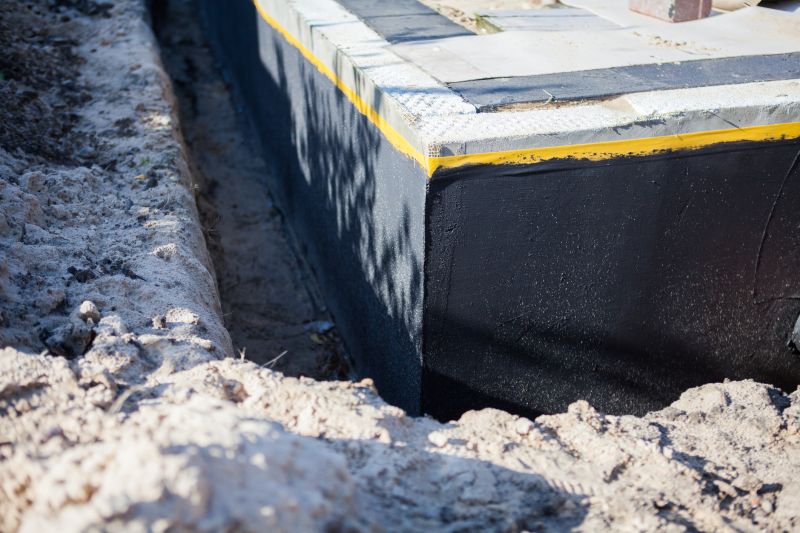
Ways to make Waterproofings work in tight or awkward layouts.
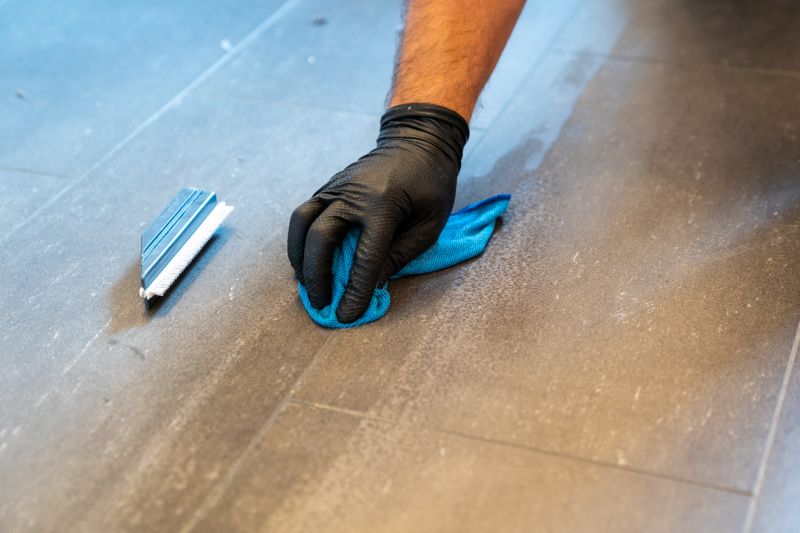
Popular materials for Waterproofings and why they hold up over time.
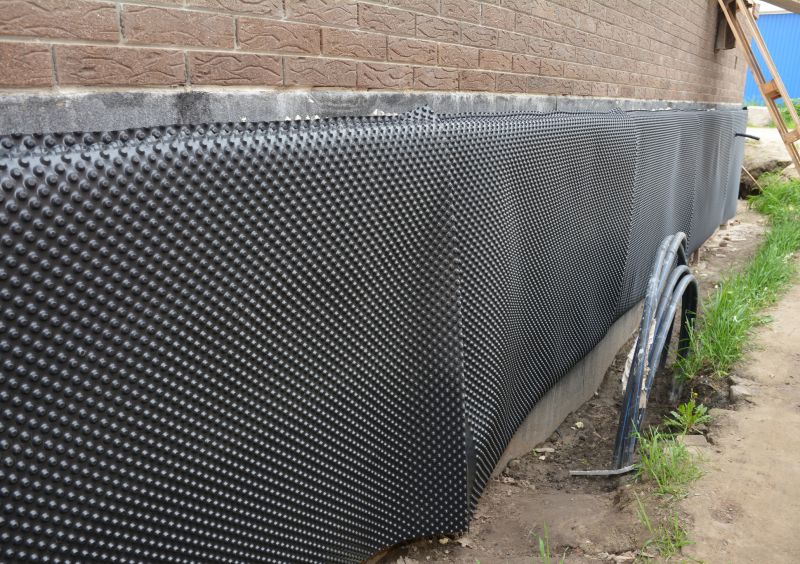
Simple add-ons that improve Waterproofings without blowing the budget.
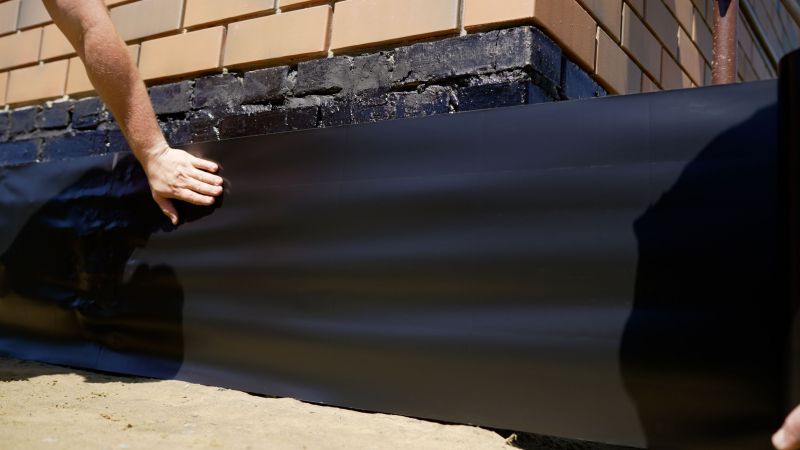
High-end options that actually feel worth it for Waterproofings.

Finishes and colors that play nicely with Waterproofings.
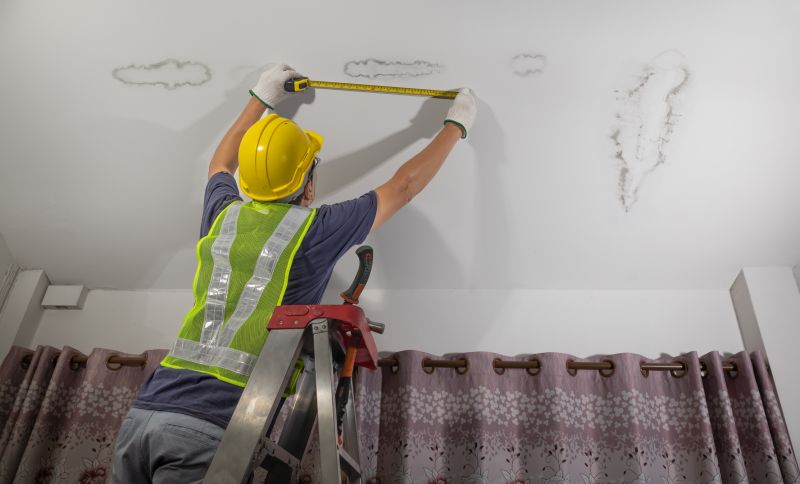
Little measurements that prevent headaches on Waterproofings day.

A 60-second routine that keeps Waterproofings looking new.
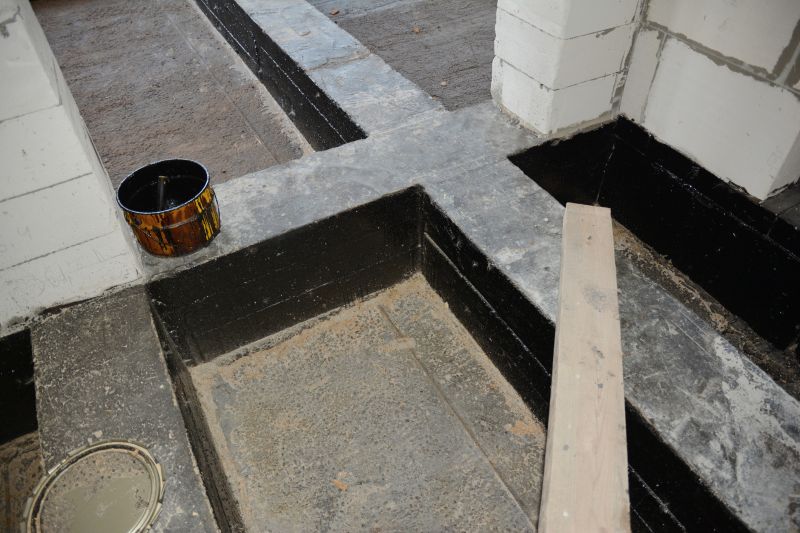
A frequent mistake in Waterproofings and how to dodge it.

Small tweaks to make Waterproofings safer and easier to use.
| Season | Optimal Conditions |
|---|---|
| Spring | Moderate temperatures, low humidity, dry days |
| Early Summer | Warm, dry weather, good curing conditions |
| Late Summer/Early Fall | Stable weather, less humidity |
| Winter | Cold temperatures, snow, precipitation, unsuitable |
| Post-Construction | Immediately after building completion for best protection |
Waterproofings are essential for protecting structures from moisture intrusion, which can cause damage, mold growth, and structural deterioration. Properly timed waterproofing ensures longevity and maintains building integrity. Different materials, such as membranes, coatings, and sealants, are used depending on the area and environmental exposure. Statistics indicate that waterproofing can extend the lifespan of foundations and roofs by several decades when applied correctly during appropriate weather conditions.

Lower-waste or water-saving choices for Waterproofings.
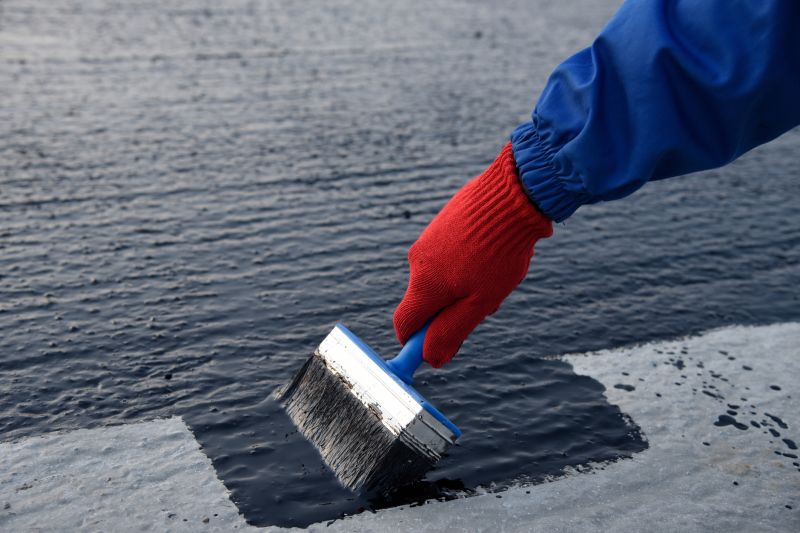
The short, realistic tool list for quality Waterproofings.
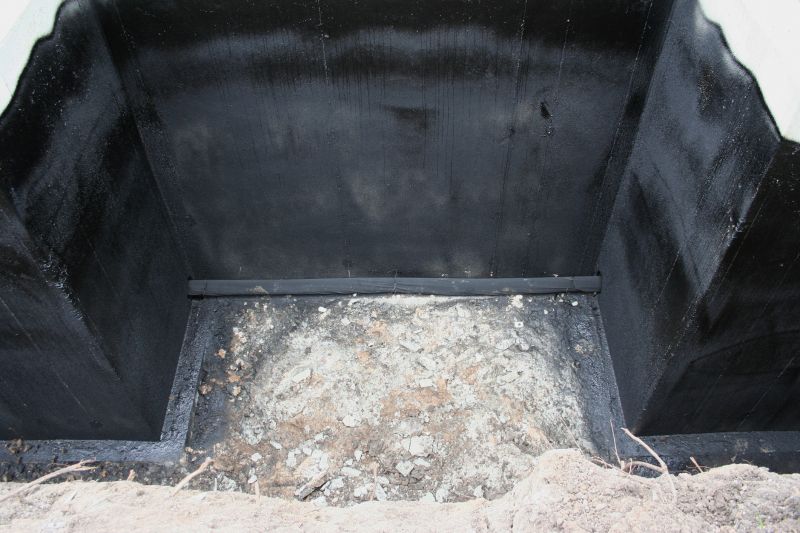
Rough timing from prep to clean-up for Waterproofings.
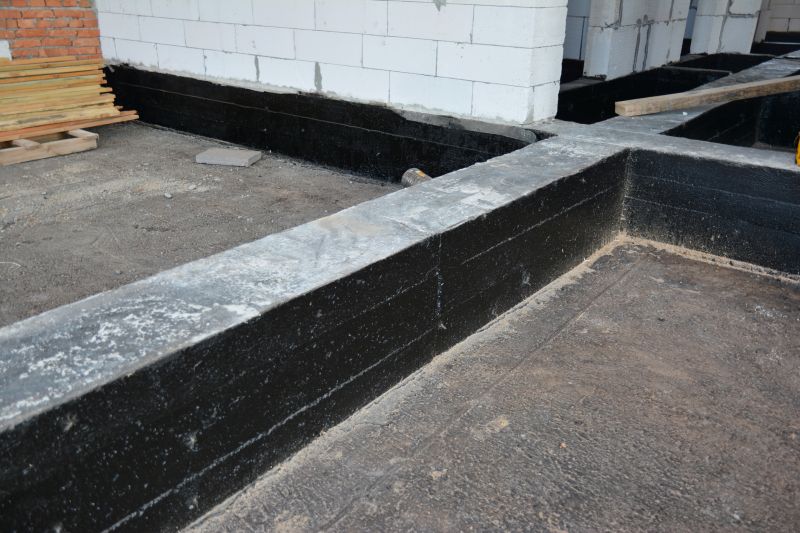
Quick checks and paperwork to keep after Waterproofings.
Interested parties are encouraged to contact for more information about waterproofing options and scheduling. Proper timing and application techniques are crucial for ensuring effective moisture protection and extending the lifespan of structures.

